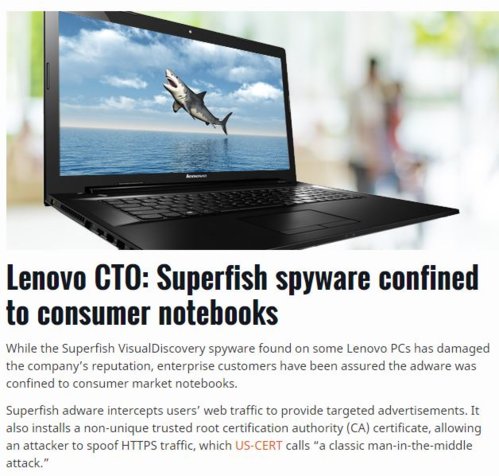Motorola just made the Moto E widely available:
http://www.motorola.com/us/home
This is really the first phone they have have released whose entire design process occurred after Lenovo bought them from Google. And it is a VERY interesting phone. Notable items:
a) Decent hardware
b) LOW pricing
c) Not bound to carriers as all phones are sold unlocked
d) Android completely unskinned - this is an AOSP build
Basically it is a good LTE phone whose whole purchase price is less than the typical 2 year contract price of most smartphones. Strategy wise this is very well thought out and speaks to the kind of hardware synergies Motorola got when Lenovo acquired it - without them making a phone this strong for such a low price would have been a fantasy.
http://www.motorola.com/us/home
This is really the first phone they have have released whose entire design process occurred after Lenovo bought them from Google. And it is a VERY interesting phone. Notable items:
a) Decent hardware
b) LOW pricing
c) Not bound to carriers as all phones are sold unlocked
d) Android completely unskinned - this is an AOSP build
Basically it is a good LTE phone whose whole purchase price is less than the typical 2 year contract price of most smartphones. Strategy wise this is very well thought out and speaks to the kind of hardware synergies Motorola got when Lenovo acquired it - without them making a phone this strong for such a low price would have been a fantasy.


